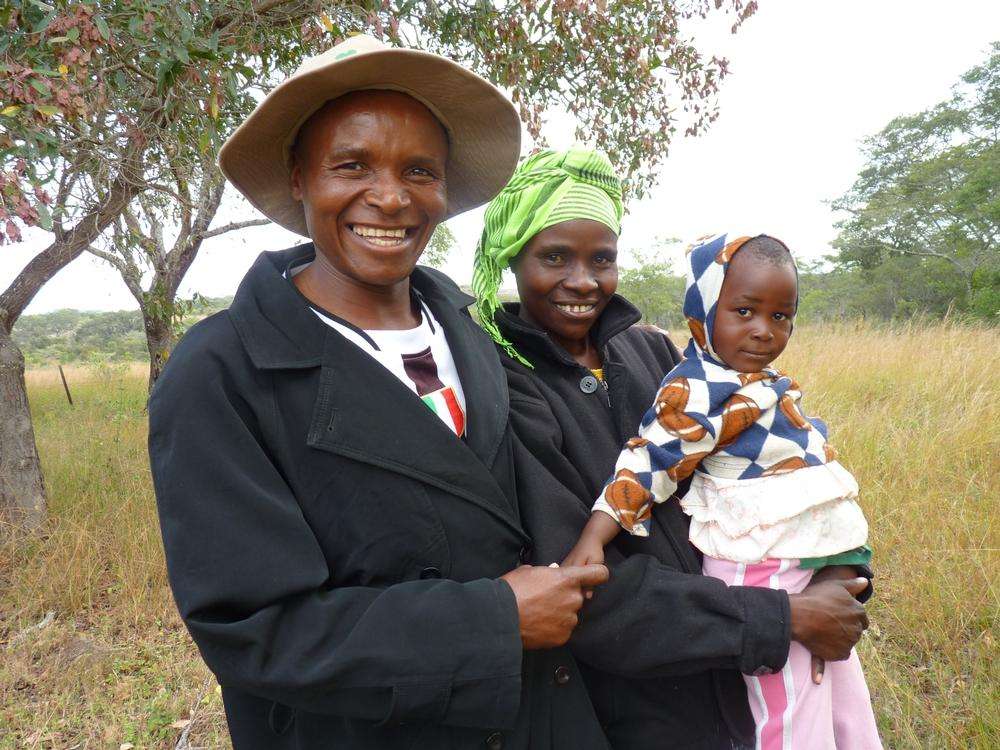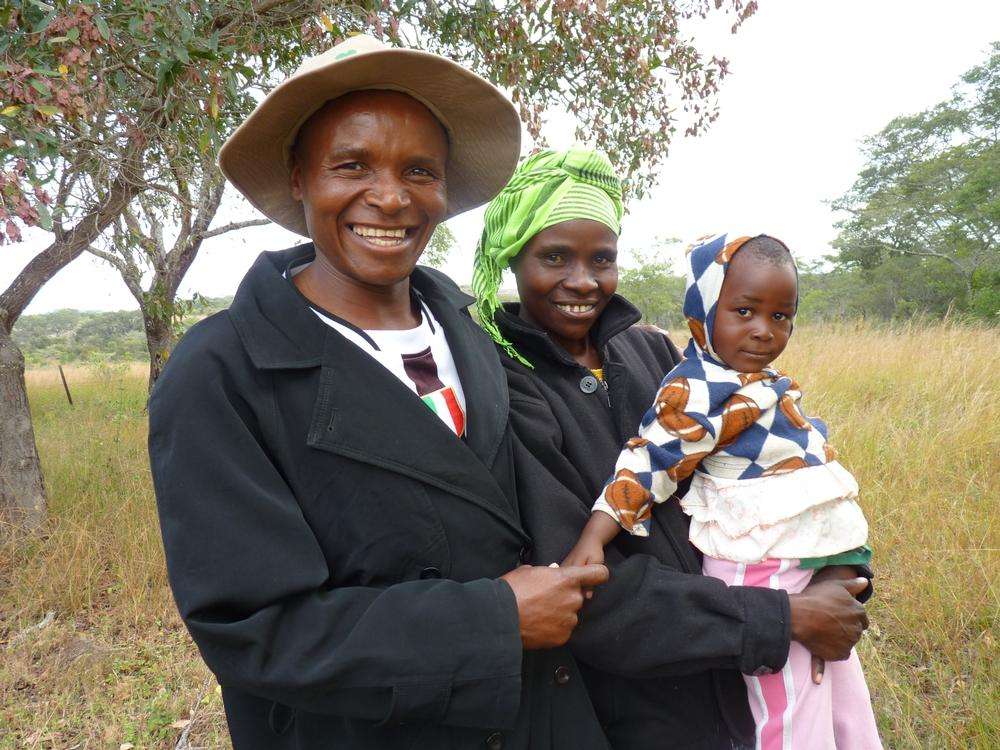Every month, six neighbors from the same village, all of them HIV-positive, and stable patients on antiretroviral therapy (ART)—the treatment that keeps the virus in check—take turns picking up medicine for the others. This is the essence of so-called Community ART Groups (CAG), a simple, inexpensive initiative benefiting both members of the group and health facilities, started by Doctors Without Borders/Médecins Sans Frontières (MSF) in 2013 in Zimbabwe’s Tsholotsho district.
Sehlelo Ndlovu, 41, is a member of the Lindani CAG. She started taking antiretrovirals (ARVs) in 2009 after her husband died. “I think that my health worsened due to the stress caused by his loss as he was the family’s breadwinner,” she says. Thanks to the CAG, she has managed to cope better with the disease. “Each one of us in the group plays a role, we monitor how to take the medicines, we count the pills of each member every month and note down what we discuss in the group. What I always thought was very difficult has now become easy in the group.”
The aim of the CAGs is to improve the retention of patients on ARV by reducing the number of visits they must make to the health center or hospital to collect their medicines. Avoiding treatment interruptions or discontinuations is one of the main challenges in the countries most affected by the AIDS pandemic. A recent study of the programs in Sub-Saharan Africa concluded that, on average, nearly a third of the patients were lost during follow-up within the first two years on antiretroviral therapy.
There are many reasons for the interruption or discontinuation of antiretroviral treatment, but the most common are a simple lack of transportation options for patients to travel to health centers to pick up their medications. Even if they make the trip, once at the health center patients face long waiting times and, sometimes, a lack of support or even discrimination.
“[The CAG] initiative was designed jointly with the patients and as a response to the barriers to treatment adherence that they themselves were reporting,” explains MSF medical coordinator Susana Villén. “This is why it is a good alternative model for giving ARV to stable patients.”
In 2013, the CAGs started in three health centers in Tsholotsho: Nkunzi, Sipepa, and Pumula. 720 people formed 121 groups. MSF was responsible for training the CAG members and liaising with the health centers.
“For the CAGs to work, the participation of the health center staff is essential,” says Villén. “It is important to explain very well how these groups work. For the health center, it is also an advantage. Rather than attending six people, they only see one. What we are trying to do is get the person in charge of dispensing the medication to have it ready beforehand. Thus, the consultation is shorter and we decongest the already very over-congested health centers.”
Despite major progress in the past few years, Zimbabwe is still one of the countries most affected by HIV/AIDS in the world, with nearly 15 percent of the adult population infected by the virus (1.3 million people). According to the Ministry of Health and Child Welfare, about 72 percent of adults and 43 percent of children in need of ART were on treatment in 2012.
“For the health system to be sustainable and successful in the long term in countries such as Zimbabwe, we need health care models that separate clinical patient management, which require trained health professionals, and the dispensing of medicines that non-medical people can do,” explains Luis Encinas, the MSF operations manager responsible for the Zimbabwe projects. “In the second case, patients play a much more active and informed role in the physical, social and psychosocial aspects of their health.”
Clorence Masango, 48, is married and has seven children, all of them HIV-negative. “I live 18 kilometers [about 11 miles] from Pumula, but the distance shortened when I joined the Damulocingo CAG,” he explains. “The group has helped us a lot. We no longer waste the whole day in hospital. The CAG members are easily identified and seen in less than two hours. It’s a big improvement; we used to spend more than six hours at the hospital. Thanks to the CAGs, we have more time to work for our families. Now I am more relaxed and live positively. I think that this is the happiness I need to go on. I learned a new purpose in life: helping others is good.”
Since late last year, MSF has been gradually handing over its activities in Tsholotsho to the Zimbabwean Ministry of Health. Within this process, the CAGs started to work without the MSF’s support from early this year. “This is a very sustainable initiative,” says Villén. “We know that many people have created new CAGs, because they see their advantages very quickly.





